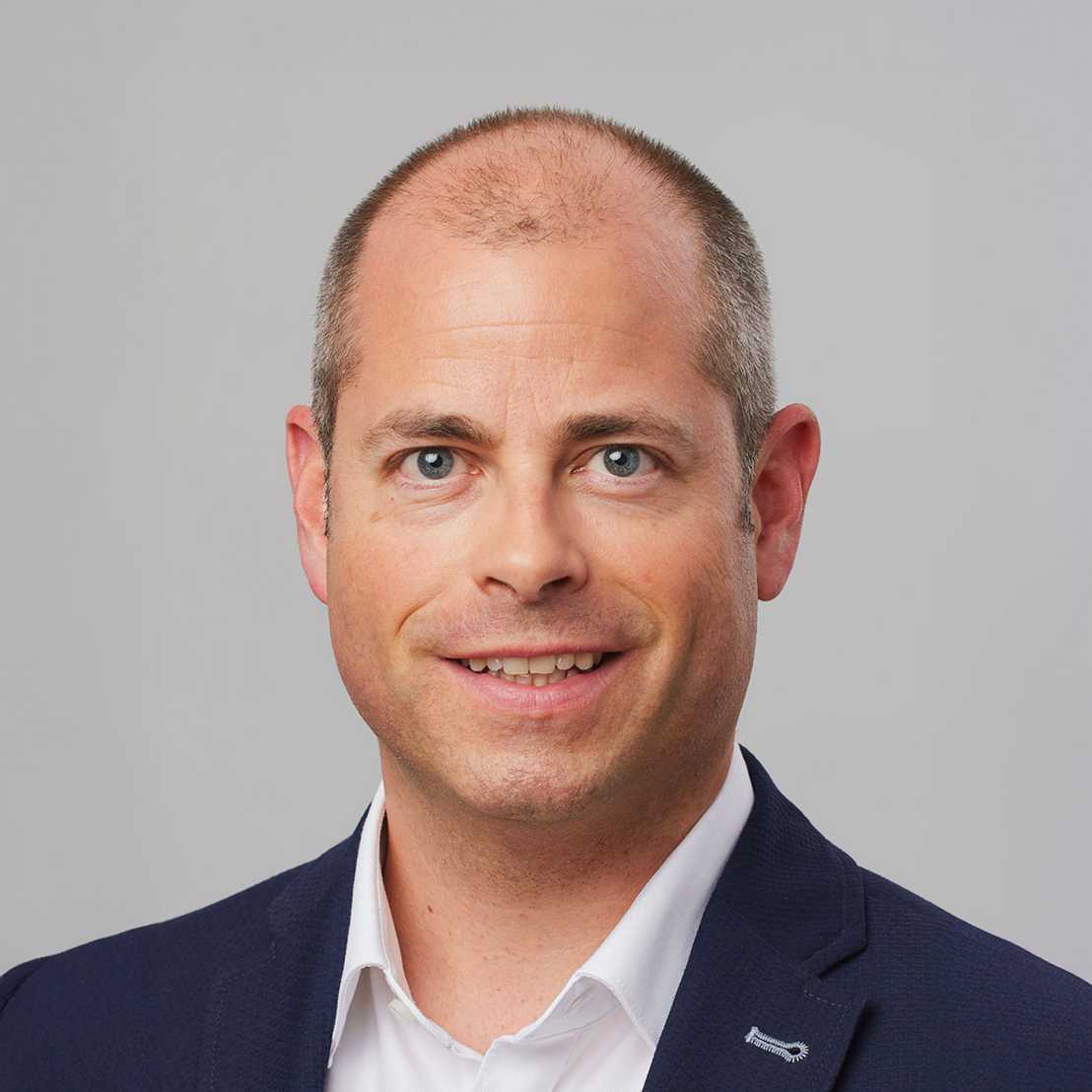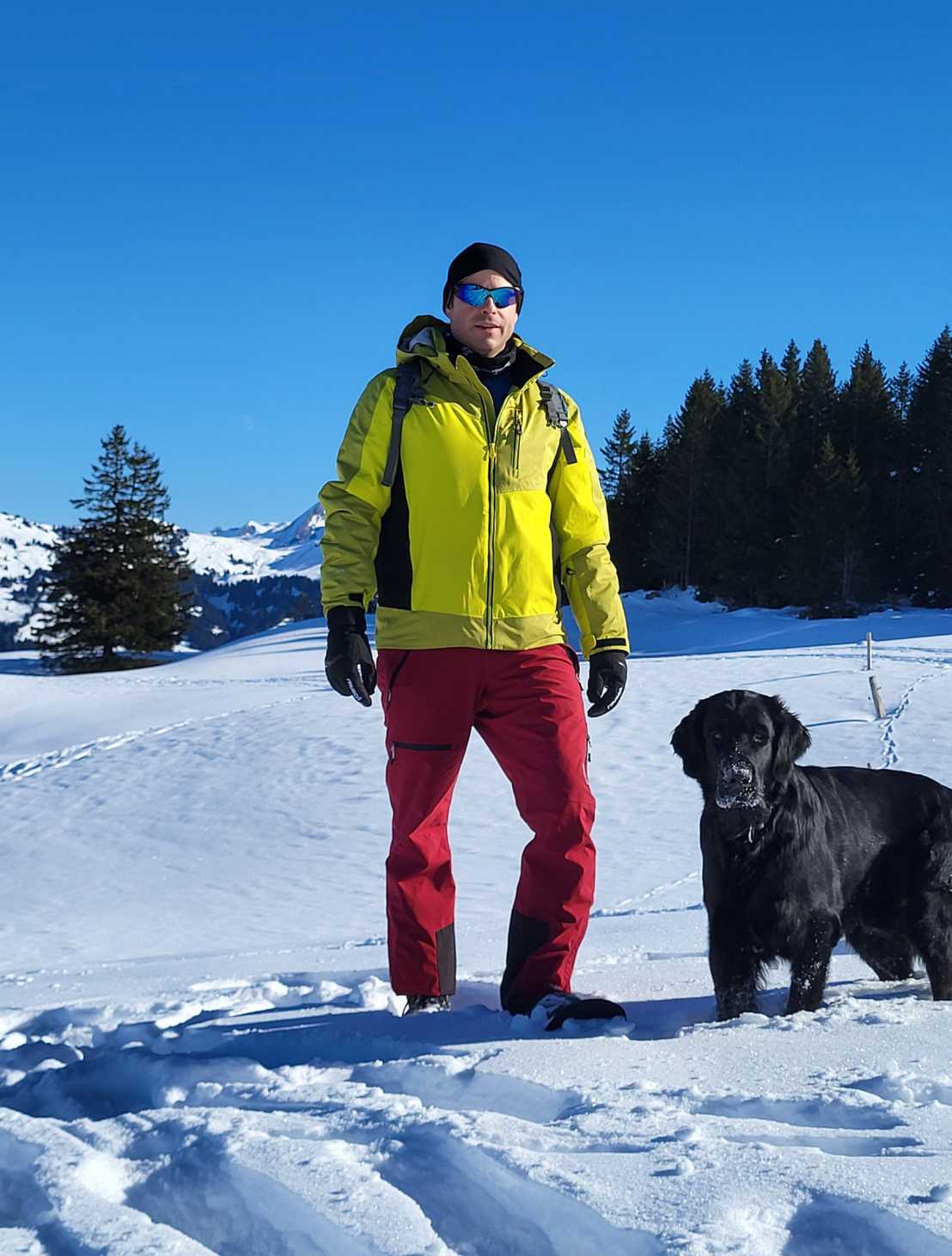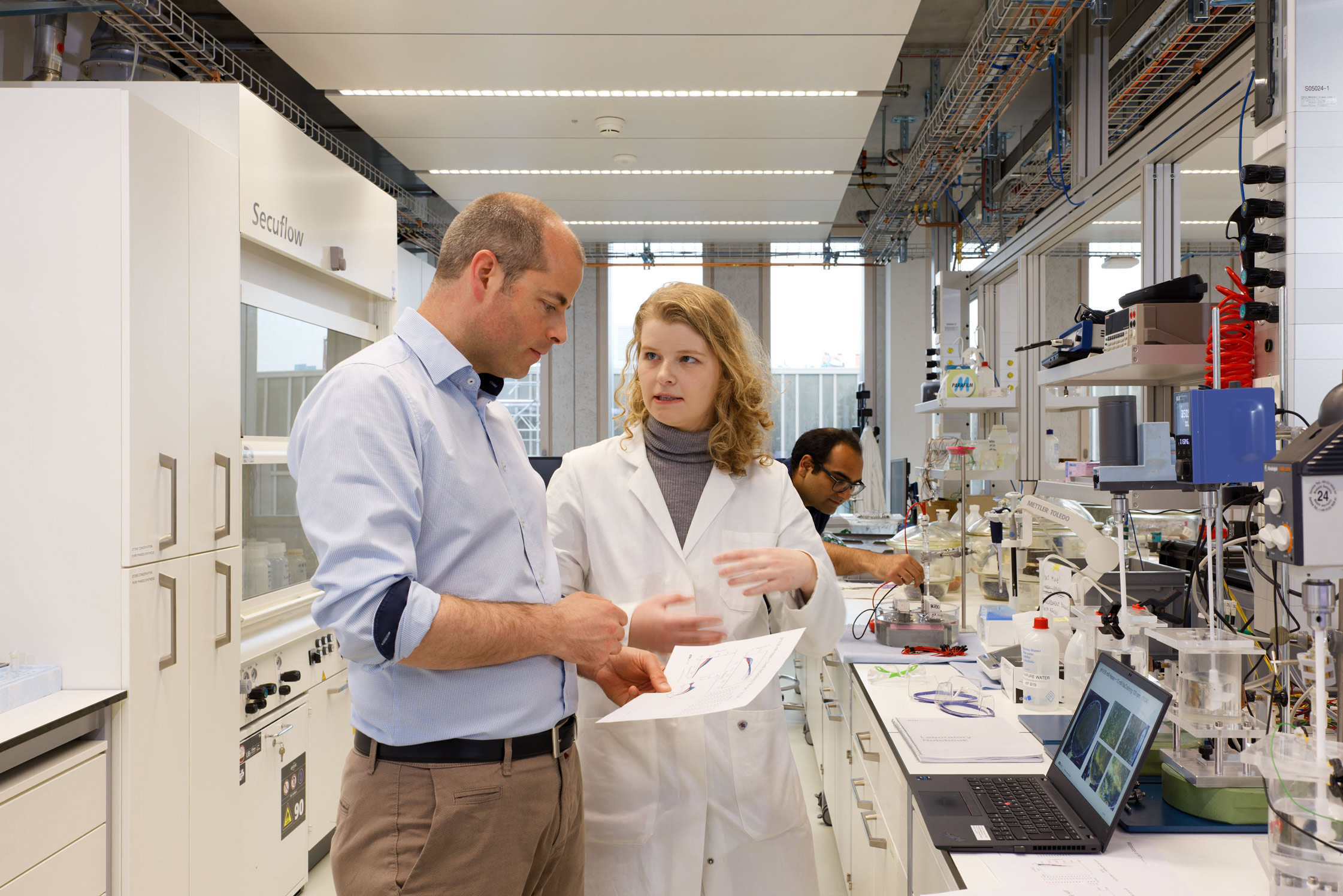Taming corrosion
Metal corrosion has been a fact of human life for thousands of years – and still presents us with major challenges today. Ueli Angst researches how we can better understand and control this phenomenon. Two start-ups that emerged from his research group are already developing innovative solutions. On the occasion of his promotion to associate professor, we took the opportunity to ask him what currently drives him in research and teaching.

Professor Angst, congratulations on your promotion at ETH Zurich! What research are you working on at the moment?
My work is still very much devoted to the corrosion of metals. This is a fascinating phenomenon – it’s been with us for thousands of years, ever since human society transitioned from the Stone Age to the Bronze Age. Metal corrosion affects a great many areas of life. My personal focus is on the (electro)chemical and physical processes at the interface of the metal and the neighbouring medium. One particularly exciting area here – because it’s complex and still largely misunderstood – is when you have a metal in a porous medium. This situation applies to steel in concrete, to metals underground – as in geotechnical applications or pipelines – to systems for the final disposal of radioactive waste, etc., through to the degradation of archaeological artefacts in the ground.
What impact does your research have on society?
The direct global costs of corrosion are estimated at 2.5 trillion US dollars, which corresponds to around 3 or 4 percent of global GDP. I’m convinced that this money could be better spent tackling other challenges of our time. What’s urgently needed is technological progress in terms of better corrosion diagnostics and improved corrosion protection. Corrosion also has an impact on the environment. By reducing the service life of structures such as bridges, pipelines and wind power plants, it increases our consumption of resources as well as energy use and emissions during the production of new materials. In addition, as equipment and facilities corrode, they can release toxic substances into the soil, water and air.
Before your time as a professor at ETH Zurich, you worked in industry. How has that experience shaped you?
My work as a consulting engineer definitely had an influence on me. I’m very glad that I had the opportunity to experience the challenges of engineering practice directly and for myself, and that I am now in a position to tackle them using scientific methods.
Two start-ups have emerged from your research group. How do these companies put the results of your research into practice?
The first spin-off, DuraMon AG, founded in 2021, offers a commercial sensor solution for monitoring the corrosion and durability of reinforced concrete structures. What’s special about this company for me is that it emerged from research that was made possible by my first SNSF project application. So far, DuraMon has already installed over 1,000 sensors in buildings and takes thousands of readings every day. This continuous flow of data provides building owners with valuable information about the condition their building is in, which enables them to anticipate damage and take action in good time. But what I find most fascinating is the large amount of acquired data. In the future, I expect that this trove of data on how engineering structures behave under “real conditions” will teach us a great deal about the damage mechanisms involved.
The second spin-off, Talpa Inspections, is still very young. It offers innovative solutions for building inspection, combining electrochemical measurement methods with automation and robotics to inspect hard-to-reach areas of a building non-destructively. This makes it possible to detect damage such as corrosion much more efficiently and at a much earlier stage than is currently the case.
Which courses do you enjoy teaching the most?
My favourite classes are those where you can apply corrosion knowledge directly to practical engineering problems, such as reinforced concrete or steel structures. I’ve noticed that students often find damage cases very exciting. That’s why I find it particularly fulfilling to teach future engineers how they can use their understanding of corrosion to prevent damage.

What do you do if you have a few minutes to spare?
I’d say I need a bit more activity than the average person, so I like to get out into nature whenever possible, either with our dog or with my family. Whatever time I have left over outside of ETH or other professional commitments, I almost always spend with my family and my three children.
Which book, podcast or film related to your field of research would you recommend to students and colleagues?
One book I find entertaining is “Rust: The Longest War” by Jonathan Waldman. In a non-technical way and with the help of many exciting anecdotes, this book tells the story of humanity’s fight against corrosion – from the maintenance of monumental buildings such as the Statue of Liberty (which was almost destroyed by corrosion) in the US to the problems affecting oil pipelines, tin cans and ships.
What advice would you give to students who are just starting out in the engineering sciences?
Civil engineering is in the midst of a profound transformation. The pressure to reduce environmental impact, the problem of ageing infrastructure, digitalisation and automation, modern and circular materials – these are all exciting issues. I’d say to students who want to tackle them: get the tools you need, by which I mean the theoretical foundations, even if mastering them seems tedious from your current perspective.
